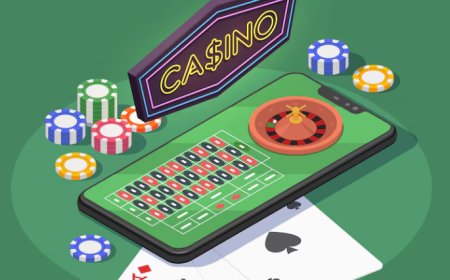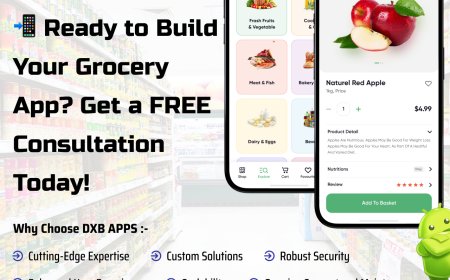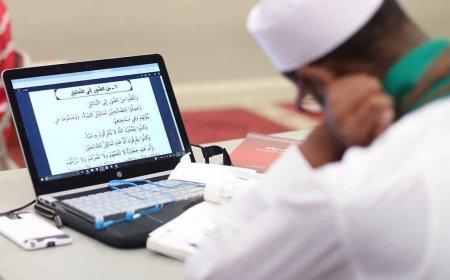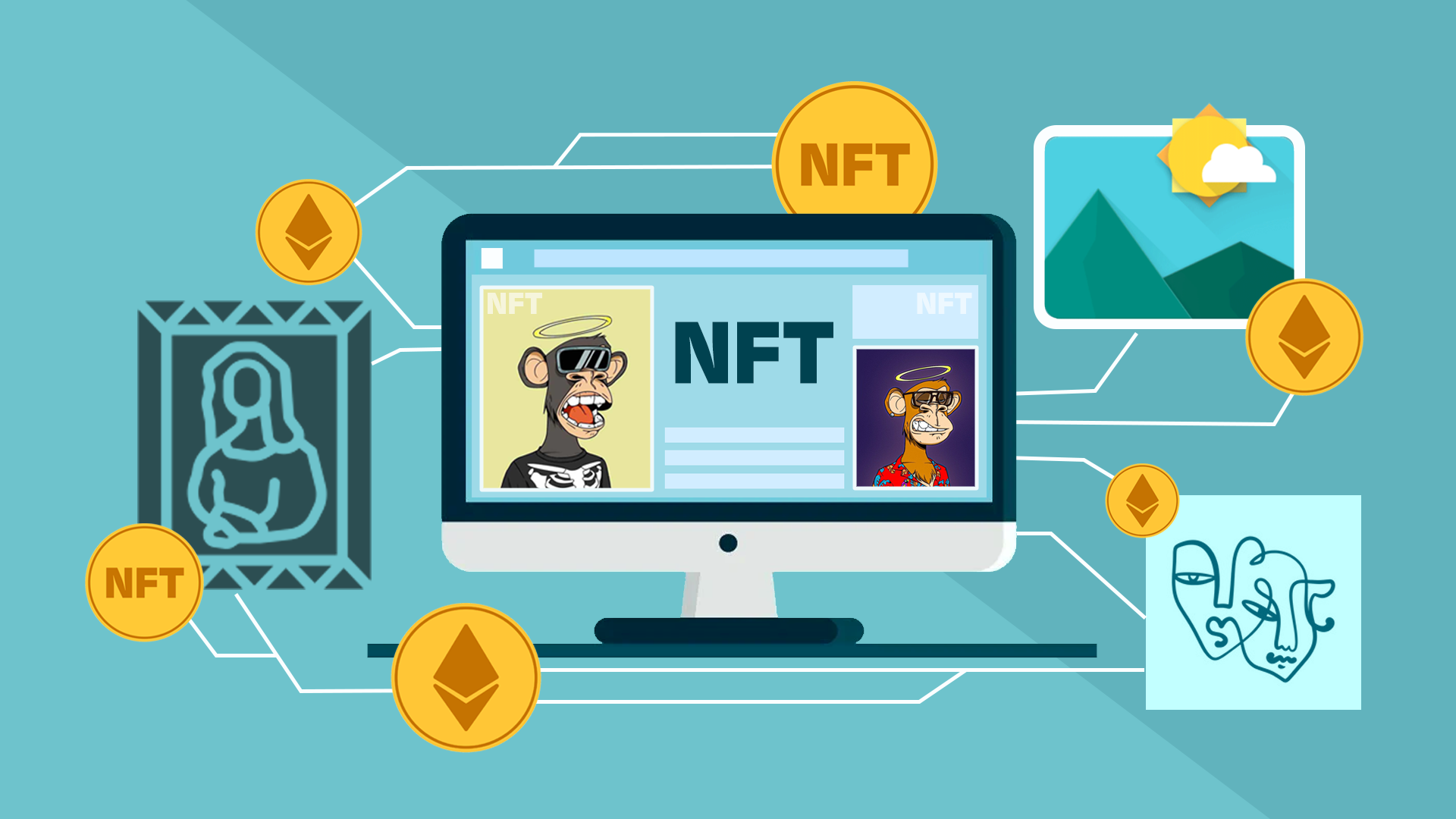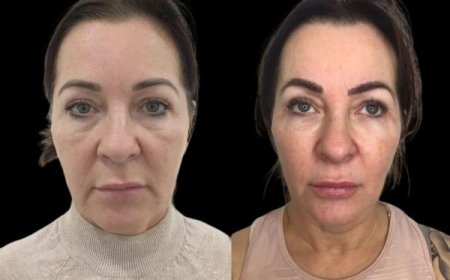Healthy Eating for Type 1 Diabetes: Diet Guide and Lifestyle Tips
Managing Type 1 diabetes goes far beyond counting carbs and taking insulin. It’s about creating a sustainable lifestyle where healthy eating habits support your blood sugar goals, energy levels, and overall well-being.
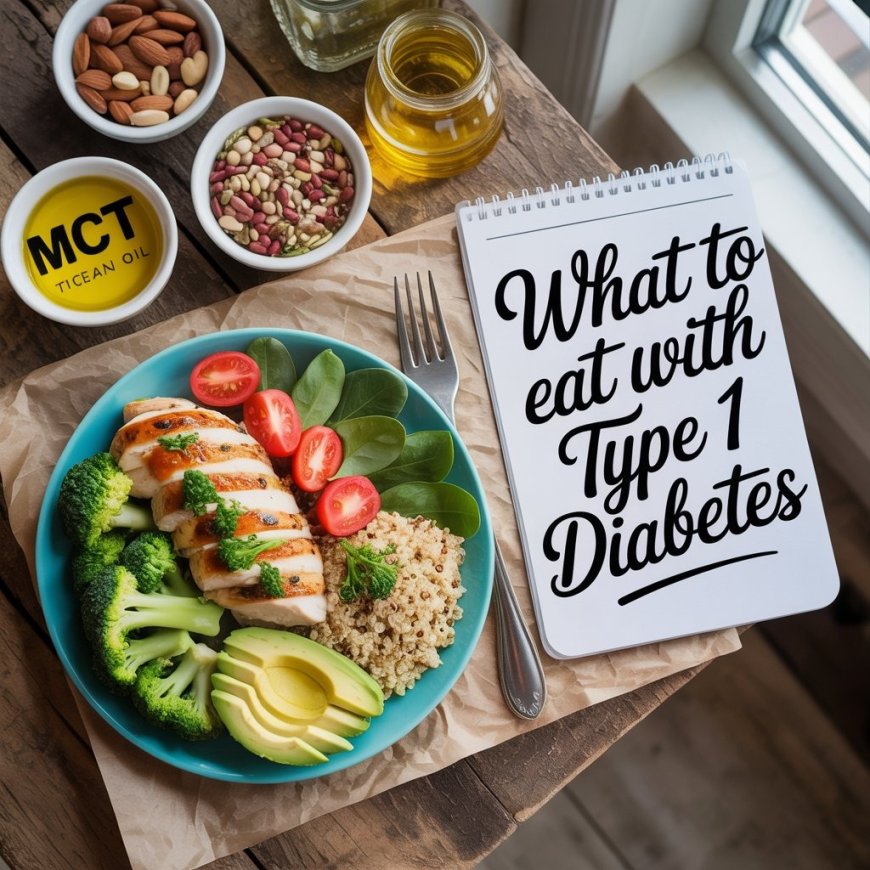
The food you eat becomes more than just nutrition it becomes part of your daily medicine.
But lets be honest, figuring out what to eat when youre living with Type 1 diabetes can feel overwhelming. Should you avoid all carbs? Is fruit okay? What if youre constantly on the go or dont have time to cook?
The good news? You dont need to give up delicious meals or follow restrictive diets. With the right knowledge, smart planning, and a few simple swaps, you can enjoy food while keeping your blood sugar in check.
In this article, well walk you through a practical and real-life guide to healthy eating for Type 1 diabetes. From the best foods to include and those to limit, to tips on portion control, label reading, snacking, and lifestyle habits were covering it all.
Understanding Type 1 Diabetes
Diabetes is a condition that occurs when your body cant maintain healthy levels of glucose (sugar) in your blood.
In type 1 diabetes, your pancreas doesnt make insulin. Insulin is a hormone that facilitates the movement of glucose from your blood into your cells, where it is used for energy. Without insulin, glucose stays in your blood. This causes hyperglycaemia (high blood sugar).
Nutrition plays a vital role in maintaining that balance, and certain natural supplements like MCT oil and moringa powder are gaining attention for their benefits in diabetic management.
Symptoms
Type 1 diabetes symptoms can appear suddenly and may include:
- Feeling more thirsty than usual
- Urinating a lot
- Bed-wetting in children who have never wet the bed during the night
- Feeling very hungry
- Losing weight without trying
- Feeling irritable or having other mood changes
- Feeling tired and weak
- Having blurry vision
What to Eat with Type 1 Diabetes
Eating the right foods can help you manage your condition more easily. Focus on meals that are rich in fiber, low in sugar, and packed with natural nutrients. Here are some food categories to prioritize:
- Non-starchy vegetables like spinach, broccoli, and bell peppers
- Whole grains such as quinoa, oats, and brown rice
- Lean proteins including chicken, fish, tofu, and legumes
- Healthy fats from avocados, nuts, seeds, and MCT oil
Meal Planning and Daily Eating Habits
Meal Timing and Portion Control
Eating at regular intervals helps maintain balanced glucose levels. Use the plate method:
- vegetables
- lean protein
- whole grains or starchy veggies
Snacking Smart: Healthy Options Between Meals
Try:
- Greek yogurt with chia seeds
- Cucumber sticks with hummus
- Boiled eggs
- A smoothie with MCT oil and a pinch of moringa powder
Hydration and Beverage Choices
Choose:
- Water
- Herbal teas
- Unsweetened coconut water
- Avoid sugary beverages
- Lifestyle Tips Beyond the Plate
- Incorporating Exercise Safely with Diet
Regular physical activity helps insulin work better. Pair workouts with the right fuelconsider a pre-workout snack like a banana and a post-workout smoothie enriched with MCT oil.
Managing Hypoglycemia with the Right Foods
When blood sugar drops:
- Use glucose tablets or juice
- Follow up with a balanced snack
- Keep moringa tea handy for its gentle blood sugar support
Conclusion
Eating healthy with Type 1 diabetes doesn't have to be complicated. With smart food choices, portion control, and the inclusion of natural options likeMCT oilfor diabetic management andmoringa powderto manage diabetes, you can live a balanced, energetic, and fulfilling life. Always talk to your doctor before starting any new supplements or diet plan.

